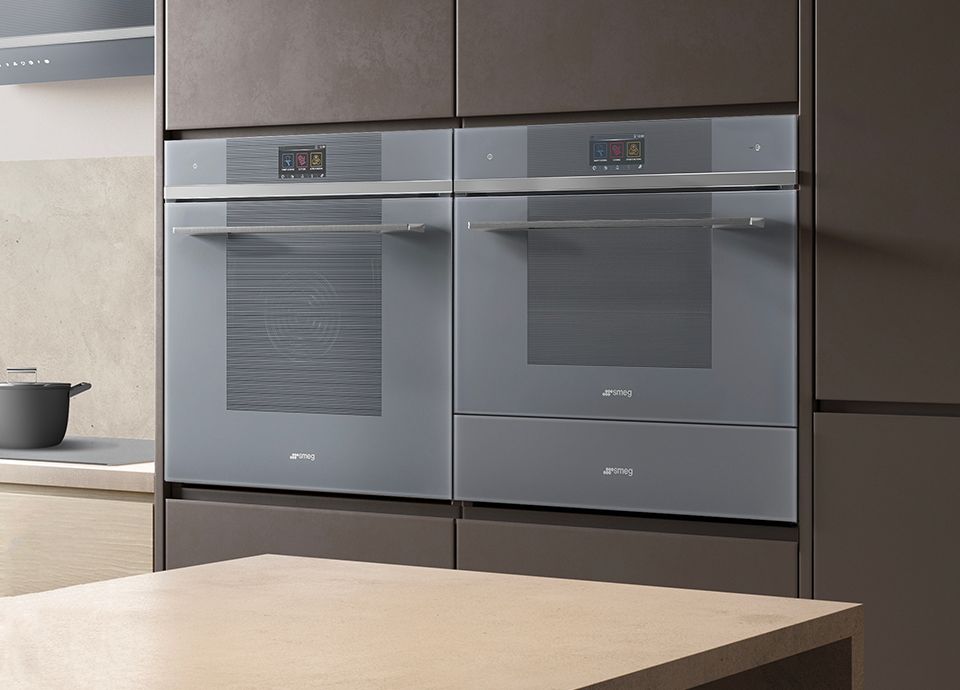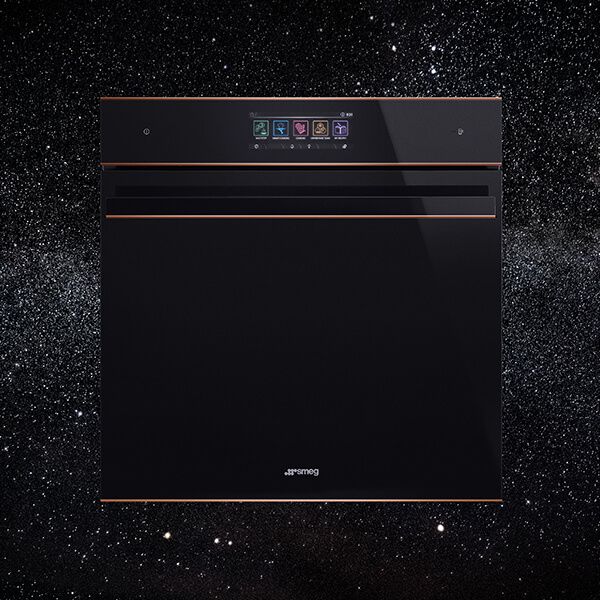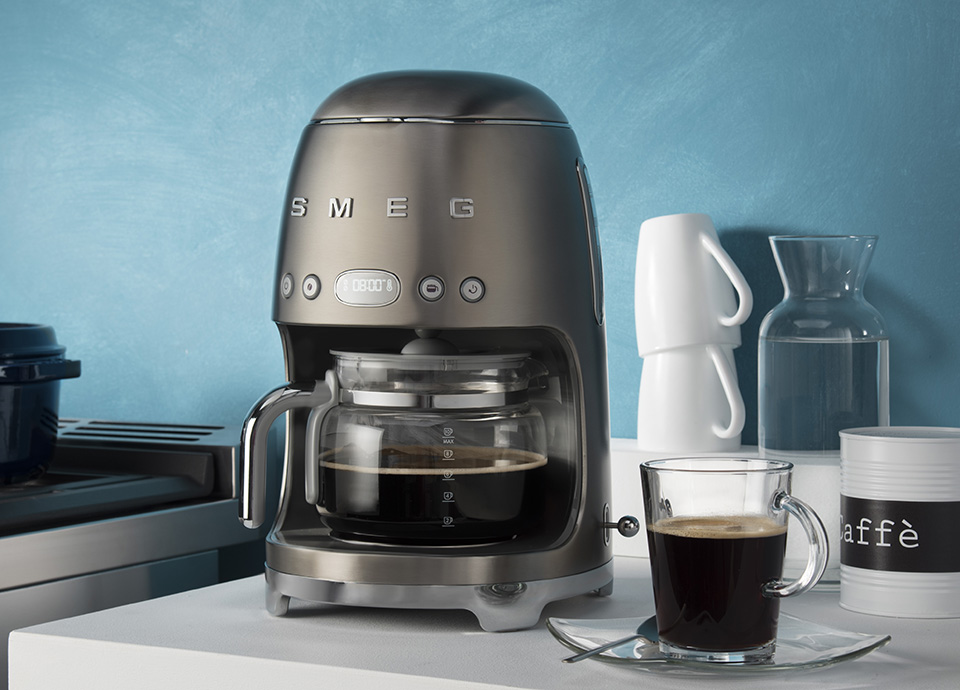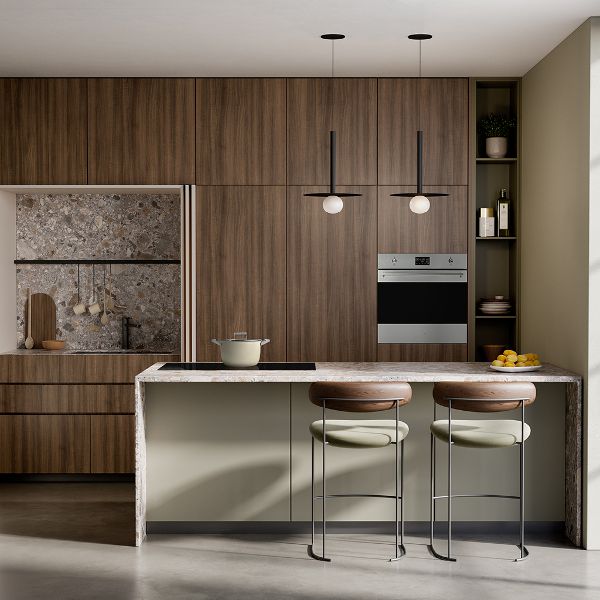By keeping the following considerations in mind, you’ll be crafting the perfect filter coffee at home in no time. Personal preferences and tastes can vary, often led by cultural norms, so adjust each tip accordingly to match your desired coffee strength and taste!
Choose the Right Coffee Beans
The foundation of great filter coffee lies in the quality of the beans; always aim to use fresh coffee beans - ideally between 2-4 weeks of their roast date.
Light to medium roasts are often recommended for filter coffee to highlight the beans' natural flavours. The origin of the beans also impacts the taste, with different regions producing beans with distinct flavour profiles, so experiment with these to find your preferred taste.
Some of the most popular bean origins include:
Ethiopian Yirgacheffe
- Flavour profile: Floral, fruity, with hints of citrus and berries.
- Why it works: Ethiopian beans are often processed naturally, which enhances fruity and complex flavours. The light and delicate profile suits the slow extraction of filter coffee, highlighting the nuanced flavours without overwhelming bitterness.
Colombian Beans
- Flavour profile: Balanced with bright acidity, caramel sweetness, and nutty undertones.
- Why it works: Colombian beans have a well-rounded body and balanced acidity, which makes them ideal for filter brewing. The steady extraction allows their smooth sweetness and bright acidity to develop without harshness.
Guatemalan Beans
- Flavour profile: Rich chocolatey notes, hints of spice, and a fruity undertone.
- Why it works: These beans tend to have a fuller body and are more robust, but still showcase complexity. The filter process enhances the chocolate and spice notes, giving a rich but clean cup.
Kenyan AA
- Flavour profile: Bold, fruity, with blackcurrant and wine-like acidity.
- Why it works: The high acidity and bright flavours in Kenyan beans are tempered by the slower brewing process of filter coffee, producing a vibrant yet balanced cup with clear fruit and berry notes.
Panamanian Geisha
- Flavour profile: Highly floral, jasmine-like, with tropical fruit and citrus notes.
- Why it works: Geisha beans are prized for their complexity and clarity of Flavour. The gentle extraction of a filter brew helps highlight its delicate floral and fruity characteristics, making for a refined and aromatic coffee.
Sumatran Mandheling
- Flavour profile: Earthy, herbal, and rich with low acidity.
- Why it works: Sumatran beans provide a deeper, more earthy Flavour profile, perfect for those who prefer a full-bodied coffee. The filter method smooths out the earthy tones and gives a more balanced cup without overpowering bitterness.
The most popular species of coffee beans for filter coffee is Arabica:
- Arabica: Often considered the superior choice, Arabica beans are known for their smooth, nuanced flavours. This species accounts for around 60-70% of global coffee production. They tend to have a sweeter, more complex taste, with notes ranging from fruity and floral to chocolatey and nutty. These beans are typically grown at higher altitudes, and their balanced acidity makes them ideal for filter coffee.
- Robusta: While Robusta beans account for around 30-40% of the annual bean harvest, they are less commonly used for high-end filter coffee. They are prized for their bold, earthy flavours, bitterness, and higher caffeine content. As a result, Robusta beans are more often used in espresso blends or in regions where a strong, punchy coffee is preferred. However, if you like a more intense flavour profile in your filter coffee, a blend that includes Robusta might be worth exploring.
Other lesser-known species include the following, but these are rarely used for filter coffee:
- Liberica (Coffea liberica): Less common and has a distinctive smoky, woody flavour, mostly grown in the Philippines and Malaysia.
- Excelsa (a variety of Liberica): Known for its tart, fruity flavours but is very rare and typically used in blends to add complexity.
Grind the Beans Properly
The grind size significantly impacts the amount of flavour extracted from your beans. Filter coffee tends to prefer a medium-coarse grind, where the particles resemble sea salt. If you grind the beans too fine, your brew will be over-extracted and bitter, and if you grind too coarse, it will be under-extracted and weak. Consistency is key, so use a burr grinder to ensure a uniform grind size which helps in even extraction.
Measure Accurately
Precision is key in making the perfect filter coffee, so we recommend using a digital scale to measure both coffee and water accurately each time. The general coffee-to-water ratio for a successful beverage is 2 tablespoons of coffee for every 180ml of water.
Heat the Water to the Correct Temperature
The water temperature plays a crucial role in extraction, ensuring you get all the best flavours for a perfect beverage. Boiling water to 100°C for filter coffee is a common mistake because water at that temperature can over-extract the coffee grounds, resulting in a bitter, harsh-tasting brew.
Heat the water to around 93°C (200°F), a temperature that many coffee lovers refer to as the “golden figure”. If you don't have a thermometer, simply bring the water to a boil and let it sit for 30 seconds. This temperature allows for optimal extraction without drawing out too much bitterness or acidity, ensuring a balanced, flavourful cup. If you have a water filter, use freshly filtered water to avoid any off-flavours from the tap.
Other types of coffee use a similar temperature range to drip-filter coffee. For example, espresso coffee prefers temperatures of 90°C – 96°C, alongside other types such as French press and Moka pot.
Prepare the Filter
Before brewing, it's essential to prepare the filter. Many modern drip filter machines use permanent reusable filters, although it is not uncommon for people to use a disposable paper filter. Clean the filter, place it in the dripper, and rinse it with hot water to remove any paper taste (if you’re using one). Warm up the brewing equipment. Ensure the rinse water is discarded before adding the coffee grounds.
Other popular types of filters you could use include:
Brew with Care
Now, for the exciting part - it is time to brew! This happens in 3 different stages; blooming, pouring and timing:
- Blooming: Place the coffee grounds in the filter. Pour a small amount of hot water (about twice the weight of the coffee) over the grounds to saturate them evenly. This allows the gases to be released, priming the coffee for better extraction. Let the coffee grounds bloom for 30-45 seconds.
- Pouring: Gradually pour in the rest of the water using a slow, circular motion, starting from the centre and moving outward. Aim for a steady pour to maintain consistent water contact with the grounds.
- Timing: The entire brewing process should take about 3-4 minutes.
Finishing Touches
Once, the brewing is complete, discard your filter (if it is a paper-disposable one), and dispose of the used coffee grounds. Give the brewed coffee a gentle stir to mix the layers and achieve uniform flavour, then pour it into a pre-warmed mug to maintain its temperature.
Once you’ve brewed the perfect cup of drip-filter coffee, the final step is deciding whether to add cream, milk, or sugar to enhance the flavour. While purists might argue that black coffee allows the most authentic flavours to shine, many coffee lovers enjoy adding creaminess or sweetness to balance the coffee’s natural bitterness. Let’s take a look at each:
- Cream adds richness and smoothness, reducing acidity and bitterness for a fuller, indulgent cup. If you’re considering how much to add, start with 1 tablespoon and adjust to taste; a small amount goes a long way.
- Milk softens bitterness while keeping the coffee’s natural flavours. Whole milk adds body, while skim or plant-based options create a lighter texture. A splash of milk - 1-2 tablespoons - should be enough to balance the flavours.
- Sugar reduces bitterness and enhances sweetness, making the coffee smoother and more enjoyable for sugar lovers. To find the perfect amount, begin with half a teaspoon, stirring and tasting before adding more to avoid overpowering the coffee.





















































































































































